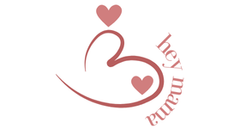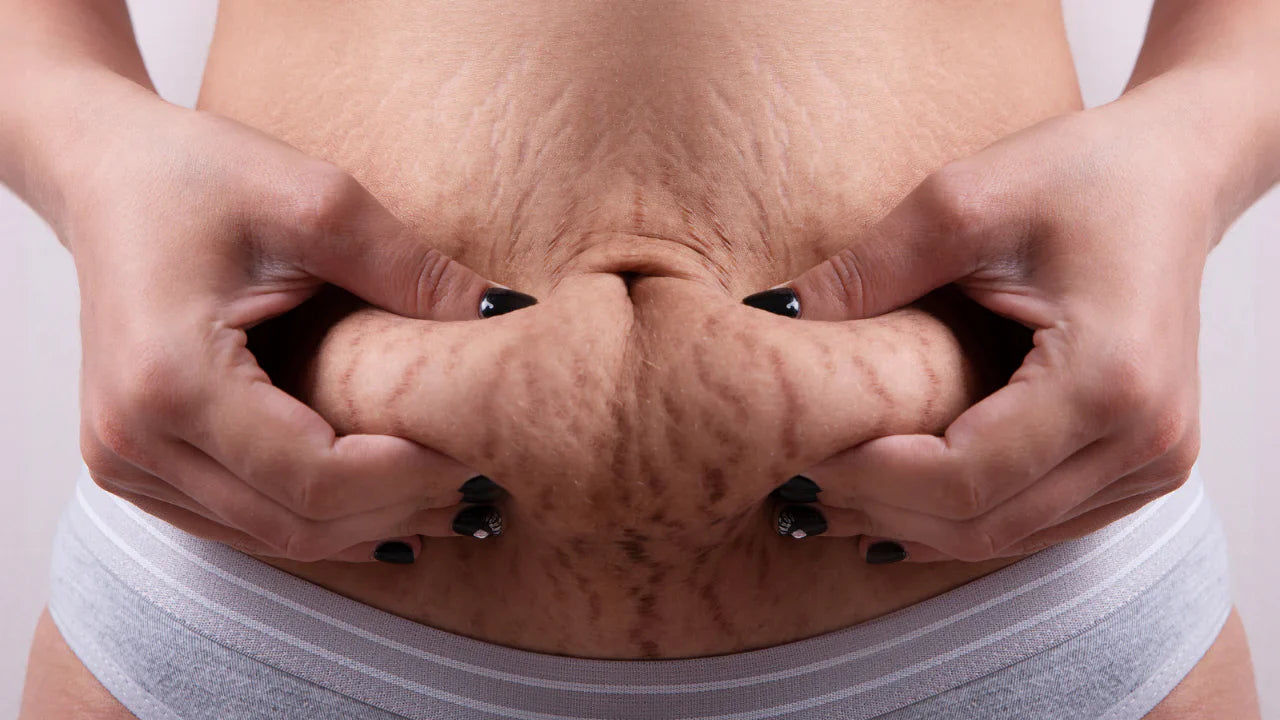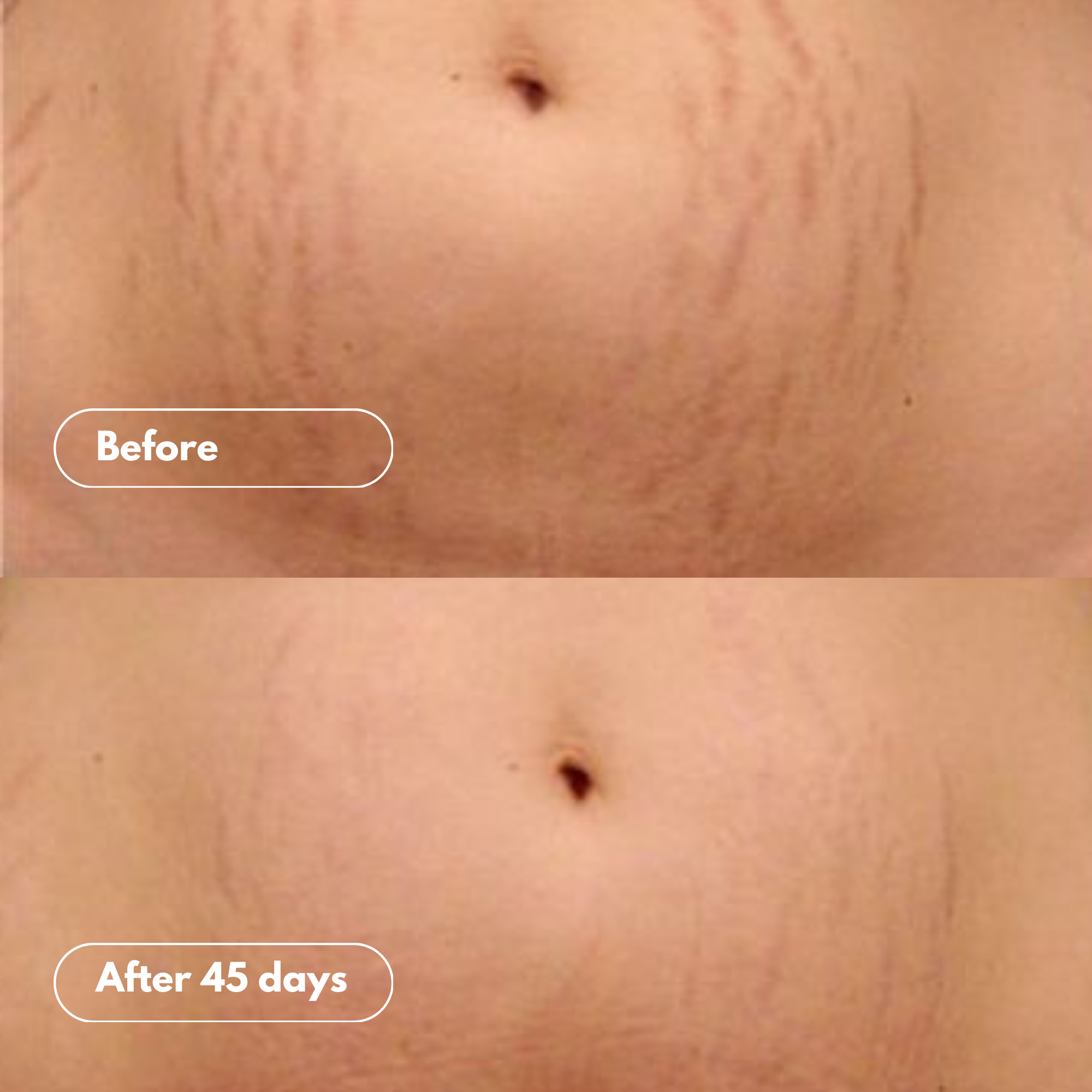Postpartum hair fall is one of those things no one warns you about—until it hits hard. Months after delivery, many Pakistani moms are shocked to find clumps of hair in their brush and shower. But don’t panic! From hormonal shifts to nutrient gaps, there’s a science-backed reason behind the shedding—and even better, there are natural, effective ways to support hair regrowth. This guide explains it all in simple terms, with a focus on desi diets, lifestyle, and treatments like HairFix that actually help.
The Hair Growth Cycle Explained – What Happens During Pregnancy
Let’s start with how your hair normally works, because understanding what’s “normal” makes it easier to see what’s not.
At any given moment, every single strand on your head is in one of three phases of growth. These phases are called anagen, catagen, and telogen.
-
Anagen is the active growth phase. It can last 2 to 7 years and is the reason your hair grows long. About 85–90% of your hair is usually in this stage.
-
Catagen is the transition phase. This is when the hair follicle starts to shrink. It’s short—about 2 to 3 weeks—and only about 1% of hair is in this phase at any time.
-
Telogen is the resting phase. It lasts around 3 months. After this, the hair strand naturally falls out, and a new one grows in its place. Around 10–15% of your hair is in this phase under normal conditions.
Now here’s where pregnancy changes everything.
During pregnancy, your estrogen levels shoot up. Estrogen is a hormone that does a lot of things (like keeping your uterine lining thick), but when it comes to your hair, it works like a natural hair loss blocker. It keeps hair in the anagen phase longer, which means very few strands enter the telogen phase—and almost none fall out.
That’s why during pregnancy, your hair might feel extra thick, shiny, and full. It’s not that you’re growing new hair faster, it’s that you’re not shedding the usual amount. What would have normally fallen out is hanging around.
But this dreamy hair volume is temporary. Once your baby is born, your hormone levels drop—fast. And that’s when the shedding begins.
Why Does Hair Fall After Pregnancy? The Science Behind It
You’ve had the baby. You’re getting through the sleepless nights. And just when you think you’re starting to feel a little normal again, you see it—clumps of hair in the shower drain, on your pillow, and in your hairbrush.
This sudden hair loss is called postpartum hair fall, and the scientific term for it is telogen effluvium. Sounds complicated, but let’s break it down.
Remember how pregnancy kept your hair in the growth phase (anagen)? After delivery, your body’s estrogen and progesterone levels drop back to pre-pregnancy levels almost overnight. That hormonal drop sends a signal to your hair follicles: it’s time to move out of the anagen phase and enter telogen—the resting/shedding phase.
And because so many hairs were “saved up” during pregnancy, they all start shedding at once. That’s why it can feel dramatic. You’re not losing more hair than usual overall—it’s just that the loss is happening in bulk now instead of little by little.
Most women start noticing this around 2 to 4 months postpartum, and it usually peaks around the 4th or 5th month. By the end of the first year, most of the hair regrows—but a lot depends on your overall health, nutrition, and stress levels.
What Makes It Worse?
Now here’s where things get more personal—especially for Pakistani moms.
Your postpartum body is already going through a lot, but a few extra factors can make the hair fall worse:
-
Stress: Sleepless nights, adjusting to a newborn, and recovering physically all add emotional and physical stress. Stress increases cortisol, a hormone that can mess with your hair cycle and delay regrowth.
-
Nutrient Deficiencies: Iron, vitamin D, biotin, and protein are essential for healthy hair. If you’re low on any of these—especially iron, which is super common after childbirth—you’re at higher risk of telogen effluvium.
-
Lack of Sleep: Your body repairs itself during sleep. Poor-quality or insufficient sleep affects everything from hormone balance to digestion to hair health.
-
Restrictive Cultural Diets: Many new moms in Pakistan are advised to eat limited foods post-delivery, often avoiding fruits, raw vegetables, or certain proteins. While the intentions are protective, this can lead to serious nutrient gaps at a time when your body needs extra fuel to recover.
-
Skipping Self-Care: Between breastfeeding, diaper changes, and household responsibilities, who has time to oil their hair or eat a hot meal? But ignoring basic scalp care, hydration, and nutrition doesn’t help.

Postpartum hair fall is already a hormonal reality—but if your diet is off, you’re exhausted, and you’re not nourishing your scalp, you’re going to feel it harder and longer.
Is It Normal? When to Worry
First things first—yes, postpartum hair fall is totally normal.
On average, we shed 50 to 100 hairs a day. But after pregnancy, this number can shoot up to 250 or even 300 strands a day. It’s shocking to see in real life, especially when it comes out in clumps, but it’s part of your body resetting itself.
That said, there is a point where it might be more than just postpartum adjustment.
Signs It Might Be Something More
If your hair fall lasts longer than 6 to 9 months, or you start noticing bald patches, thinning at the temples, or sudden shedding after the first year, it might be time to investigate other causes.
Here are a few conditions that can be mistaken for regular postpartum hair loss:
-
Thyroid Imbalance: The thyroid is a small gland with a big job. After pregnancy, some women develop postpartum thyroiditis, where the thyroid swings from overactive to underactive. Both can cause hair loss, fatigue, mood swings, and weight changes.
-
Polycystic Ovary Syndrome (PCOS): If you had irregular cycles before pregnancy or a history of PCOS, it can flare up again postpartum. PCOS causes androgen excess, which leads to thinning hair or even male-pattern baldness in some women.
-
Iron-Deficiency Anemia: Very common after childbirth, especially if you had heavy bleeding or multiple deliveries close together. Iron is essential for red blood cells—and also for hair follicles to grow strong, healthy hair.
-
Alopecia Areata: This is an autoimmune condition where your immune system mistakenly attacks hair follicles. It usually shows up as patchy bald spots and may need medical treatment.
When to Seek Help
Don’t panic at the first handful of hair you lose—but don’t ignore your gut either.
If your hair loss:
-
Is accompanied by fatigue, mood changes, or irregular periods
-
Shows visible bald patches or clear thinning
-
Lasts more than 9–12 months
-
Doesn’t respond to improved diet, hair care, or supplements
…it’s time to talk to a doctor. A simple blood test can check your thyroid, iron, vitamin D, and hormone levels. Getting ahead of a deeper issue early can save you from long-term damage—and help your hair regrow faster.
Hair Regrowth After Pregnancy: How Long Does It Take?
Postpartum hair loss, known as telogen effluvium, typically begins around 2 to 4 months after childbirth and can last up to 6 months. For most women, hair regrowth starts by around 6 months postpartum, with noticeable improvement by 12 months.

However, this timeline can vary depending on individual factors like hormone levels, overall health, stress, and nutrition. John Frieda
It's important to remember that full hair regrowth depends on several factors:
-
Nutrition: Adequate intake of essential nutrients like iron, protein, and vitamins supports hair health.
-
Hair Care: Gentle handling and avoiding harsh treatments can prevent further damage.
-
Hormones: Hormonal balance plays a significant role in hair growth cycles.
-
Stress Levels: High stress can exacerbate hair loss; managing stress is crucial.
Patience is key during this period. Celebrate small milestones, like the appearance of baby hairs or reduced shedding, as signs of progress.
Natural Ways to Support Hair Regrowth
Supporting hair regrowth naturally involves a combination of proper nutrition, scalp care, and stress management.
Nutrient-Rich Postpartum Foods
In Pakistan, several traditional foods are known to support postpartum recovery and hair health...
-
Ajwa Dates: Rich in iron and antioxidants.
-
Desi Ghee: Provides healthy fats essential for hormone production.
-
Dry Fruits: Nuts and seeds offer protein, biotin, and omega-3 fatty acids.
-
Iron-Rich Lentils: Essential for oxygen transport to hair follicles.
Ensuring a balanced diet with these foods can aid in hair regrowth.
Scalp Massages
Regular scalp massages can improve blood circulation, stimulating hair follicles and promoting growth. Using oils like coconut, amla, or rosemary during massages can enhance their effectiveness.
Stress Management
Practices such as meditation, gentle postnatal yoga, and adequate sleep can help manage stress levels, indirectly supporting hair health.
The Role of Postpartum Hair Oils & Topical Treatments
Natural oils have been used in South Asian hair care rituals for centuries. Oils like coconut, amla, rosemary, and castor oil are known for their nourishing properties.
For postpartum hair care, it's crucial to use lightweight, chemical-free formulas designed for sensitive scalps. One such product is HairFix, a scientifically-formulated postpartum hair oil that combines traditional wisdom with clinical efficacy. Its blend of natural ingredients aims to support hair regrowth and is considered one of the best postpartum hair oils in Pakistan.
Common Myths About Postpartum Hair Fall
Several myths surround postpartum hair loss -
-
"Cutting your hair will make it grow back faster": Hair growth is determined by follicles beneath the scalp; cutting hair doesn't influence growth rate.
-
"It's because you didn't cover your head properly": Hair loss is primarily due to hormonal changes, not external factors like head covering.
Understanding that postpartum hair loss is a hormonal condition helps in managing expectations and focusing on effective remedies.
What to Avoid - Harmful Practices That Make It Worse
Certain practices can exacerbate hair loss -
-
Harsh Chemical Treatments: These can weaken hair strands and damage the scalp.
-
Tight Hairstyles: Styles that pull on the hair can lead to traction alopecia.
-
Heat Styling: Excessive use of heat can cause hair breakage.
-
Skipping Meals: Nutrient deficiencies can impair hair growth.
-
Overwashing or Underwashing: Both can disrupt the scalp's natural balance.
-
Using Thick Oils That Clog Pores: Opt for lightweight oils that nourish without clogging follicles.
By avoiding these practices, you can create a conducive environment for hair regrowth.



